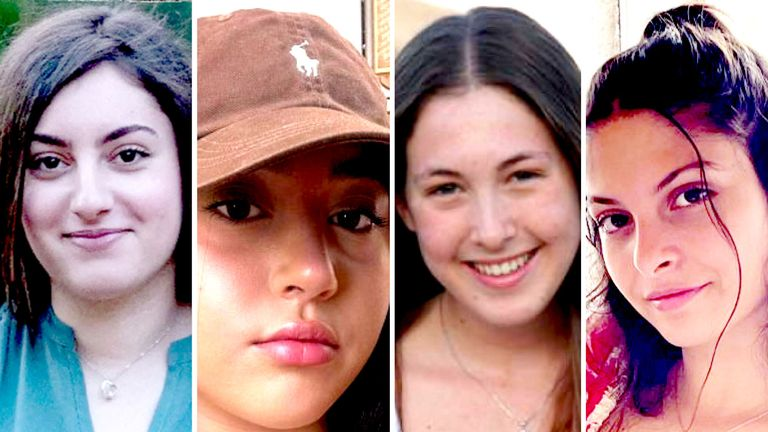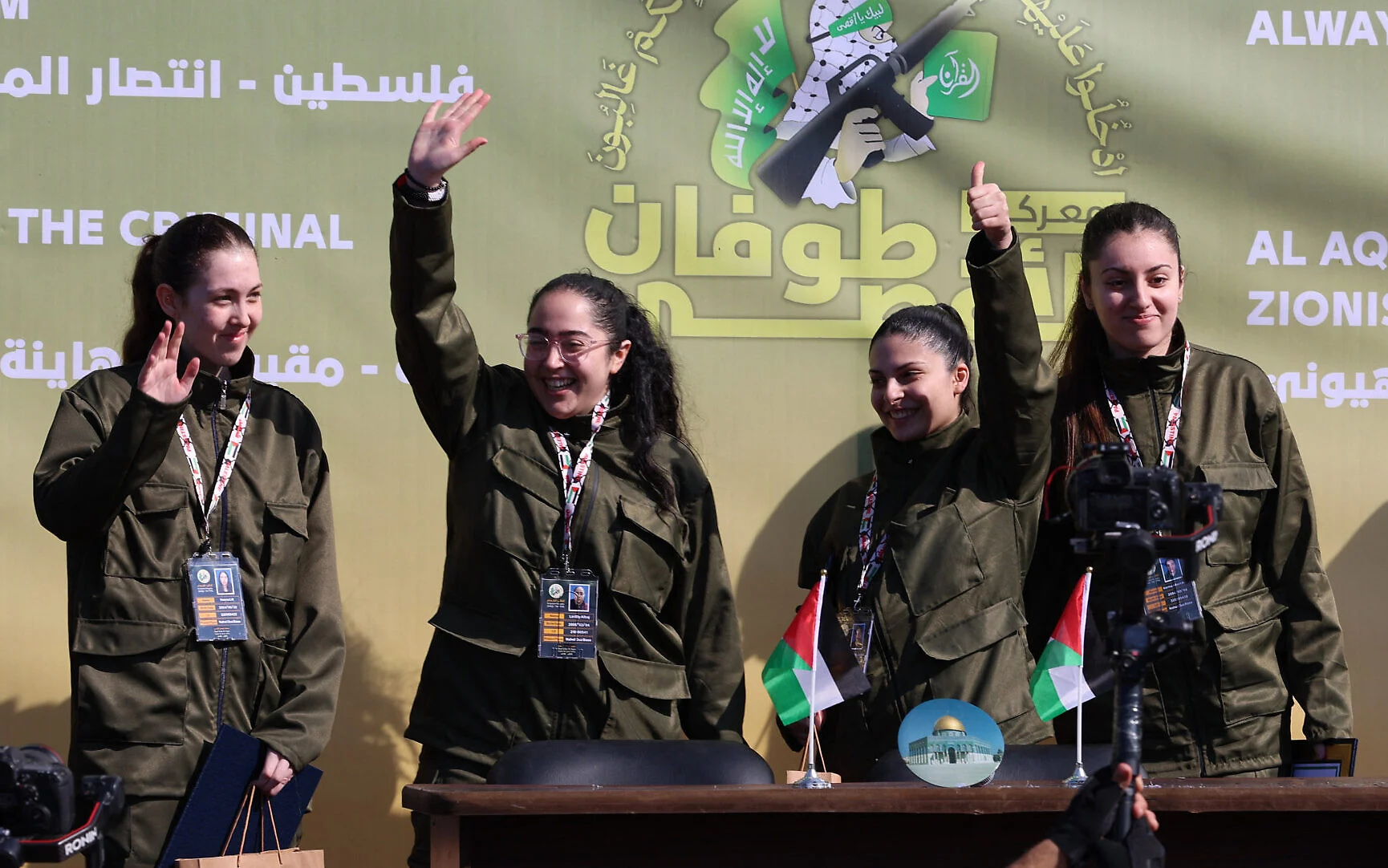On a day of immense significance, four young Israeli soldiers—Liri Albag, Karina Ariev, Daniella Gilboa, and Naama Levy—found their way back to freedom after being held captive by Hamas since October 7, 2023. Their release, orchestrated through a ceasefire agreement between Hamas and Israel, marked a moment of relief amidst the ongoing conflict in Gaza.
The events leading to their freedom unfolded in the heart of Gaza City and captured the world’s attention as a symbol of fragile hope in a deeply polarized and war-torn region.
The Soldiers’ Capture and the Attack on Nahal Oz
On October 7, 2023, Hamas launched a large-scale assault on Israel, resulting in devastating casualties and widespread chaos. Among the targets was the Nahal Oz base, located near the Gaza border. The base, manned by young soldiers tasked with monitoring threats in the region, became a focal point of the attack.
Over 60 Israeli soldiers lost their lives during this assault, while others, including Liri Albag, Karina Ariev, Daniella Gilboa, and Naama Levy, were captured and taken across the border into Gaza.
The four soldiers, aged 19 and 20, were fulfilling their duties as part of a critical lookout unit when they were abducted. Their ordeal began as they were forced into an uncertain and perilous captivity, separated from their families and the safety of their homeland. The abduction of a fifth soldier, Agam Berger, added to the tragedy, though she was not included in the recent release.
Read : Hamas Releases Heartbreaking Video of 19-Year-Old Liri Albag Held Captive Since October 7
For weeks, the fate of these young women remained unknown, a source of anguish for their families and the Israeli public. The circumstances of their captivity, including the conditions they endured and their treatment by Hamas, remain largely undisclosed. However, their eventual release has brought a semblance of closure to a harrowing chapter, even as the broader conflict continues.
The Moment of Release: A Public Display in Gaza
The release of the four soldiers unfolded in the bustling central Palestine Square in Gaza City. Crowds of Gazans gathered to witness the event, creating a highly charged atmosphere.
The soldiers were escorted by Hamas gunmen and presented on a stage before being handed over to representatives of the International Red Cross. The public nature of the event underscored its significance as both a humanitarian gesture and a political statement by Hamas.
🚨 They are home! 🚨
— Hamas Atrocities (@HamasAtrocities) January 25, 2025
Hamas liberated the four hostages!
But not before they dragged them to a cynical show on a stage!
This stupid propaganda is useless!
Welcome home Naama, Liri, Daniela and Karina! ❤️ pic.twitter.com/FYtEtnWnOW
Before their release, a Red Cross delegate signed undisclosed documents alongside a Hamas fighter. This procedural moment, conducted in full public view, added an air of formality to the handover. Shortly thereafter, the soldiers were escorted to Red Cross vehicles, marking the beginning of their journey back to Israel.
The visual imagery of the event—young women in military uniforms waving to the crowd and media under the watchful eyes of their captors—struck a poignant chord. It served as a reminder of the human cost of conflict and the complex interplay of politics, power, and compassion in such moments.
Upon their return to Israeli territory, the soldiers were met with a carefully prepared reception. Medical teams were on standby to assess their physical and mental well-being, and plans were in place to reunite them with their families after thorough medical evaluations. These steps reflected the priority Israel placed on ensuring their safe reintegration after a traumatic experience.
The Broader Ceasefire Agreement and Hostage Exchange
The release of Liri Albag, Karina Ariev, Daniella Gilboa, and Naama Levy was not an isolated event but part of a broader ceasefire agreement between Hamas and Israel. This deal, negotiated amidst ongoing hostilities, aimed to provide temporary relief to both sides while addressing critical humanitarian concerns.
As part of the agreement, Israel committed to releasing 180 Palestinian prisoners from its jails. This exchange underscored the deeply entrenched grievances and mutual concessions that characterize the Israeli-Palestinian conflict.
For Israel, the release of its citizens represented a moral and political imperative. For Hamas, the exchange served as a demonstration of its leverage and a means to secure the freedom of Palestinians it views as unjustly incarcerated.

In addition to the hostage exchange, the ceasefire arrangement included provisions for increased humanitarian aid to Gaza. This aspect of the deal reflected the dire needs of the civilian population in the territory, which has borne the brunt of the conflict’s devastating impact. The entry of aid, while a small step, offered a glimmer of hope for alleviating some of the hardships faced by Gazans.
Despite these developments, the ceasefire and associated exchanges are far from resolving the broader conflict. With over 90 Israeli hostages still unaccounted for, the situation remains precarious.
Israel has expressed concerns that a significant portion of these hostages may no longer be alive, while Hamas has yet to provide comprehensive information about their status. The uncertainty surrounding the remaining captives casts a shadow over the progress made, emphasizing the ongoing complexities and human costs of the conflict.
The release of the four soldiers and the broader ceasefire agreement highlight the delicate balance of humanitarian efforts and political maneuvering in the Israeli-Palestinian conflict.
For the families of Liri Albag, Karina Ariev, Daniella Gilboa, and Naama Levy, the joy of their loved ones’ return is tempered by the knowledge that many others remain in captivity, and the path to lasting peace remains elusive.

